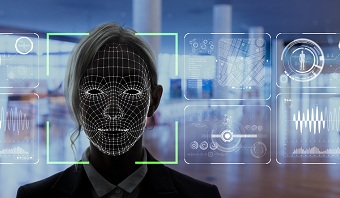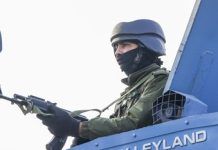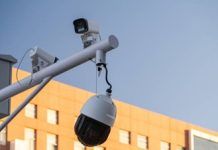With the Airports Authority of India (AAI) working on a facial recognition technology-based biometric boarding system as part of the first phase of Digi Yatra Implementation at four airports, including Varanasi, Pune, Kolkata, and Vijayawada, FRT will make inroads into the Indian airports for the first time.
Initially, it will be on a pilot stage but FRT has the potential to change the face of the Indian airports. Experts say the technology can reduce the number of touchpoints and strengthen both security and medical precautionary measures at airports. At the same time, brings its own set of challenges.
“Facial recognition technology at airports is a very good use case across both security and health testing use cases. ID authentication and authorisation through Aadhar Card coupled with Computer Vision APIs for facial recognition will accelerate the airport security process. With the help of FRT at airports, more passenger data can be collected and analysed for better governance, risk and compliance. Additionally, healthcare testing use cases will further provide for a completely digital, seamless and contactless passenger journey and will usher in automated and autonomic processes for airport security, facility and airlines staff resulting in lower costs and improved risk management,” Sudin Baraokar, global IT an Innovation Advisor said. Facial recognition software reads the geometry of one’s face.
Key factors include the distance between one’s eyes and the distance from the forehead to the chin. The software identifies facial landmarks; one system identifies 68 of them that are key to distinguishing one’s face. The result is one’s facial signature. A person’s facial signature is a mathematical formula and is compared to a database of known faces.
“At the international level at least 117 million Americans have images of their faces in one or more police databases.
According to a May 2018 report, the FBI in the US has had access to 412 million facial images for searches. Facial recognition systems can monitor people coming and going in airports. The Department of Homeland Security in the US has used this technology to identify people who have overstayed their visas or may be under criminal investigation. Customs officials at Washington Dulles International Airport made their first arrest using facial recognition in August of 2018, catching an impostor trying to enter the country,” says Girish Linganna, an aviation expert and the Director of ADD Engineering Components India Limited.








